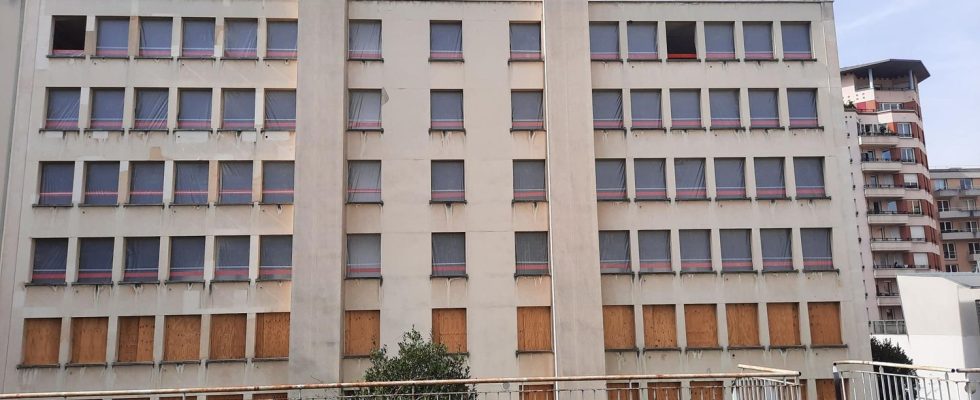Parliament has just passed a law to simplify administrative procedures for transforming unoccupied offices into housing, perhaps a solution to the current real estate crisis.

Published
Update
Reading time: 2 min

This is one of the possible avenues to respond to the housing shortage : transform offices into homes. In Île-de-France, these are like this probably 4 and a half million square meters of empty office space, which no company wants. The idea appeals to the government and Parliament, which has just passed a law to simplify the administrative steps, but the technical part remains very complex. This is the case in Courbevoie, a few minutes walk from the Esplanade de la Défense.
The site is padlocked, with 12 000 square meters of aging offices unoccupied for six years. “Our project is to convert everything into businesses at the foot of the building and into housing above, explains Charles de Guerry, partner at Meanings capital partner, an investor who owns the site. There will be free housing available for purchase, social student residences and co-living.” Work is due to begin at the start of the school year after four years of preparation. Nothing has been easy, starting with the search for financial balance. “When you do this transformation of offices into housing, you lose around 15 to 20% of the salable space since all the common areas, corridors, entrance halls, are not used as housing.”

Transformation is not always physically possible
It was necessary to convince the local residents, with a lot of workshop-debates, and the municipality, attentive to population influxes because this could involve installing more public services and therefore having to incur more expenses. “A completely isolated building will change much less easily, tempers Gérald Chirouze, director of urban planning at Courbevoie. Here we are in a residential area, so the arrival of additional residents will not disrupt the neighborhood’s demographics. Of course, we must also take into account the fact that children will arrive and will need to be educated. We must ensure that the public service offering corresponds to the population volume.”
But very often, the switch from offices to housing is completely impossible. Alain Barthe, one of the two architects of the Courbevoie project, knew this immediately. “We first look at the volume of the building, its thicknesses between facades, he explains. The residential buildings are a maximum of 12 or 13 meters wide, the offices are more 18 meters wide, which determines the presence or not of windows. Bathrooms can be on the second floor and can therefore be at the heart of the building. If the building is too thick, we won’t be able to make a room inside. So it’s looked at on a case-by-case basis.” It is estimated that each year, only 2% of new housing available is converted old offices.
